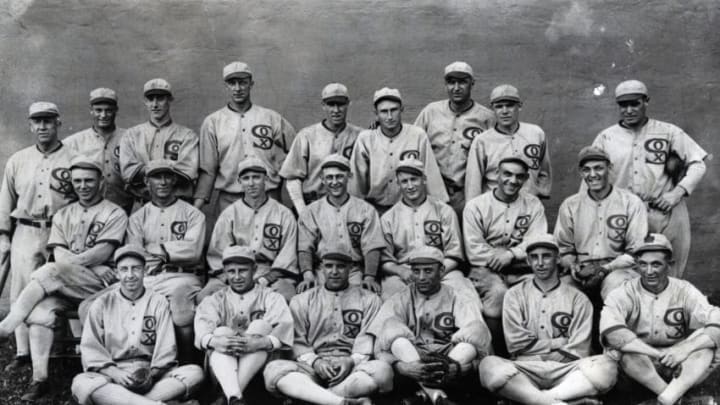
Black Sox Scandal Misconception #2: The Cicotte bonus
In both the Asinof book and the Sayles movie, much is made of Comiskey’s failure to deliver on a promised $10,000 bonus supposedly made to Cicotte if he won 30 games. As presented in media, after the pitcher won his 29th game Comiskey ordered him benched to prevent him from earning the bonus.
The book and movie differ on when this incident occurred, but both agree that it was part of Cicotte’s motivation for agreeing to participate.
There are several problems with this myth. Several White Sox players, among them, fix participant Lefty Williams, did have performance bonuses – in Williams’ case, a $500 bonus for winning 20 games – and those bonuses were paid.
But the biggest misperception is the assertion that Cicotte was benched in order to prevent him from earning the bonus. He wasn’t. In fact, Cicotte made two starts following his 29th victory in 1919. In the first he pitched seven innings and allowed five runs, trailing 5-4. The White Sox scored twice in the bottom of the ninth to win 6-5 for Dickie Kerr. Four days later Cicotte started again. He pitched two innings, faced eight batters and allowed three hits as well as one run. The White Sox eventually lost 10-9.
Beyond that, the SABR study notes, the evidence demonstrates that Gandil and Cicotte were already enmeshed in planning the fix at the time those games were played.
